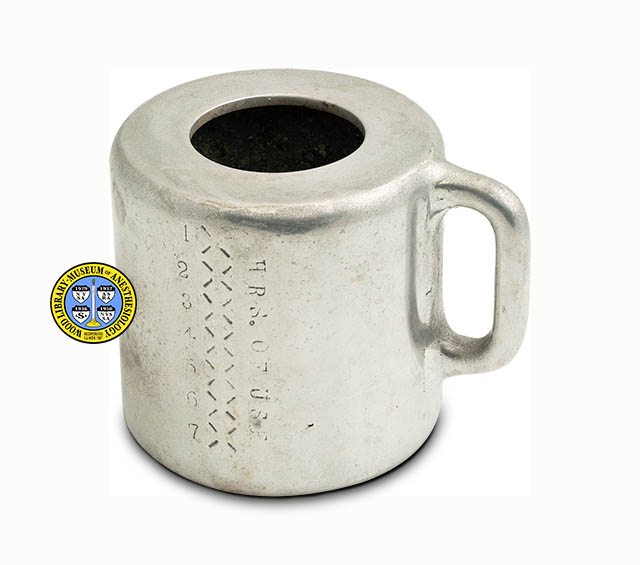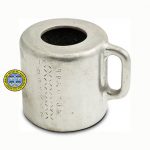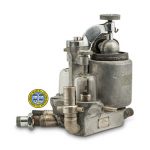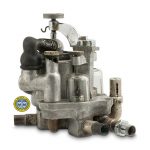Connell Closed Circuit
Closed-circuit anesthesia allows the patient to rebreathe her own air during surgery, using an apparatus that absorbs the exhaled carbon dioxide (CO2) and add oxygen and other anesthetic gases as needed. The first popular carbon dioxide absorber was introduced in 1924 by anesthesiologist Ralph M. Waters, M.D. (1883-1979). The closed-circuit system, also called circle breathing, was described in 1930 by anesthesiologist Brian C. Sword, M.D. (1889-1956).
Dr. Waters' absorber was an attachment that could be connected by a hose to any anesthesia machine. The Connell Table Model, introduced around 1935, was the first anesthesia machine in the United States to feature a built-in closed-circuit apparatus. Connell's breathing circuit consisted of glass-enclosed inspiratory and expiratory "flutter" valves for observation of the patient's breathing, an absorber, a shunt valve that enabled rebreathing of CO2, a "spill and dump" valve that could be adjusted to keep the lungs inflated, an ether dropper, a mixing chamber that combined gases with the ether vapor, a bellows and a rebreathing bag. The example shown here lacks some components.
The Connell company was founded around 1910 by New York surgeon Karl Connell (1878-1941). The company was acquired by its highly successful competitor, The Ohio Chemical & Manufacturing Company, around 1940. Circle breathing with CO2 absorption soon became part of every modern anesthesia machine.
Catalog Record: Connell Closed Circuit Contact [email protected] for catalog record.





